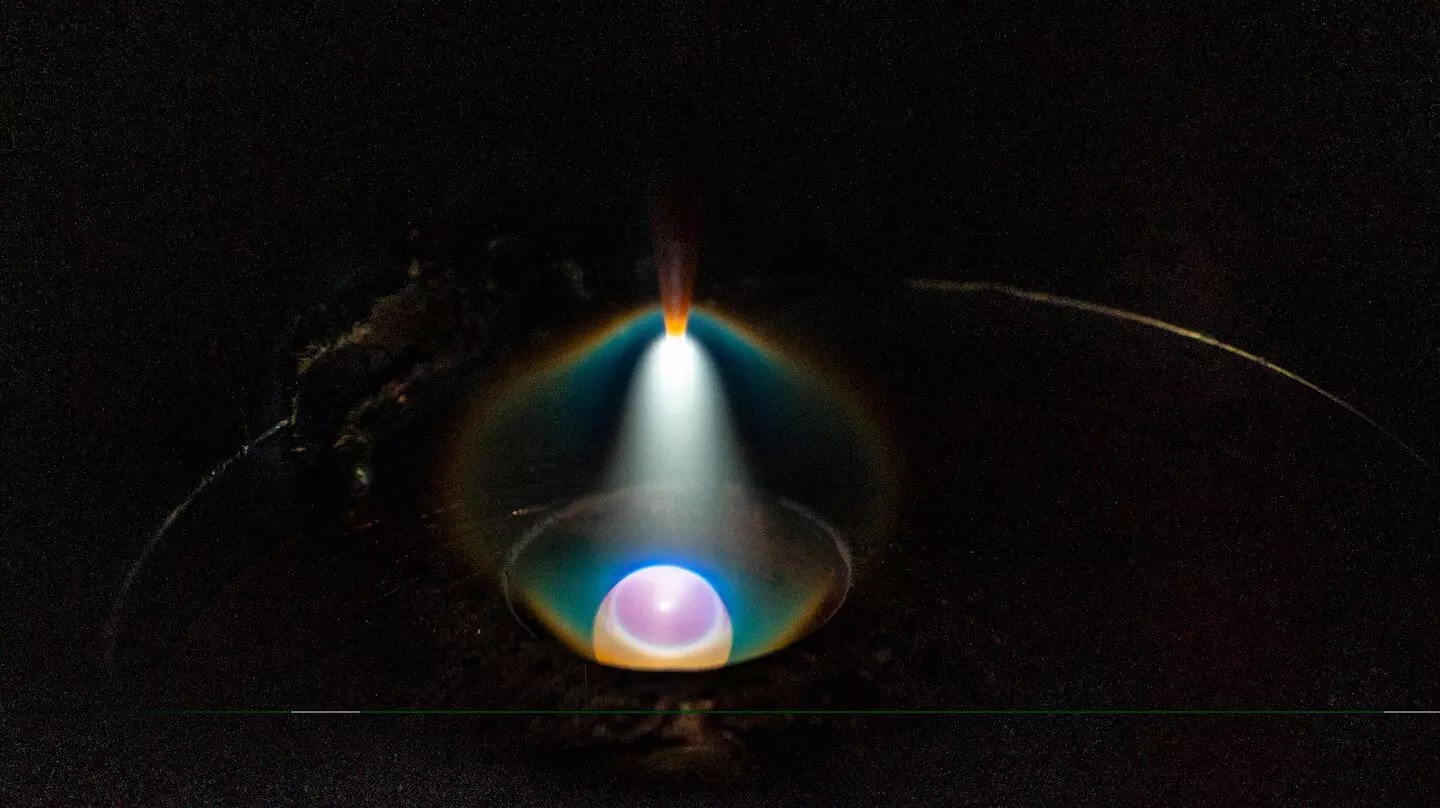In the era of cutting-edge technology and exploration, the materials that form the backbone of our innovations are often put to the ultimate test. Traditional alloys like steel, which melts at an astonishing 2,500 degrees Fahrenheit, and aluminum, a lightweight metal prone to corrosion upon contact with moisture and oxygen, exhibit vulnerabilities that can render them inadequate in extreme environments. As humanity pushes the boundaries of existence—from the polar regions of Earth to the vastness of space—the demand for new materials capable of withstanding extreme temperature fluctuations, corrosive atmospheres, and intense pressures has never been more pressing. The scenario raises a critical question: how do we evolve our materials to meet these challenges head-on?
The Promise of Multi-Principle Element Alloys (MPEAs)
Enter Multi-Principle Element Alloys (MPEAs), a pioneering class of materials designed to overcome the limitations of their conventional counterparts. Unlike traditional alloys that comprise a predominant base metal, MPEAs are composed of multiple elements in nearly equal parts. This unique composition imbues them with exceptional properties, including remarkable strength, hardness, and toughness that extend across a wide temperature spectrum. As researchers delve deeper into MPEAs, they discover not only their impressive mechanical characteristics but also their corrosion resistance and thermal stability, making them invaluable for high-performance applications—especially in fields like aerospace and deep-sea exploration.
With each element in an MPEA contributing to its overall functionality, these alloys can be engineered to exhibit specific properties, paving the way for innovations in electronic and magnetic devices. As the demand for specialized materials grows, the ability to design and synthesize MPEAs efficiently becomes crucial to advancing technological capabilities.
Innovative Pathways to Alloys: The Johns Hopkins Approach
The journey towards optimizing MPEAs has reached an exciting frontier, thanks to innovative research from the Johns Hopkins Applied Physics Laboratory (APL). By leveraging complex microstructures and localized data, researchers have developed methodologies for synthesizing unique MPEA compositions that were once considered too challenging to create. This research not only emphasizes the importance of data but also highlights the interplay between materials science and advanced computational techniques.
Through their work, APL scientists have established a pathway that connects myriad alloy phases to their respective mechanical characteristics. The description of the study published in *Data in Brief* emphasizes how this new capability serves as a roadmap for rapidly creating and analyzing compositions, effectively speeding up the material discovery process. With every cycle of testing and data generation, the APL team inches closer to uncovering alloys that may fundamentally alter our understanding of materials.
The Crucial Role of Advanced Algorithms
Central to this endeavor is the integration of advanced algorithms that can efficiently process data and yield actionable insights. A formidable partnership between APL researchers and experts from the Johns Hopkins Whiting School of Engineering has borne fruit in the form of the PAL 2.0 algorithm. This physics-informed Bayesian optimization tool shortens the timeline for identifying promising MPEA compositions by enabling researchers to sift through numerous possibilities even when data points are sparse.
This minimizes the need for extensive databases typically required in deep learning models, demonstrating that substantial progress can be achieved from a handful of data points. The closed-loop cycle they have created exemplifies the innovative spirit driving this research: taking alloy compositions predicted by the algorithm, fabricating samples, assessing their mechanical properties, and using the results to refine subsequent predictions. This continuous feedback loop propels the research forward, with the potential to produce alloys exhibiting double the hardness of previous iterations.
Breaking Boundaries: The Methodology Behind MPEA Creation
The methodology of alloy creation at APL capitalizes on techniques like arc melting, a process that can efficiently generate a range of chemical compositions from minimal materials. By applying an electric current to melt the alloy, researchers create an entire spectrum of materials within a single sample, which are then analyzed for their unique chemical and physical properties.
In addition to arc melting, advanced characterization techniques such as scanning electron microscopy (SEM) and nanoindentation play a pivotal role in understanding the microstructural characteristics of these alloys. These tools allow researchers to map phase compositions and measure hardness at hundreds of locations, capturing an unprecedented amount of data about how distinct phases behave under various conditions. Such insights yield exciting opportunities for discovering new materials that could revolutionize industries and applications currently constrained by traditional alloys.
The elaborate database generated from their experiments, featuring 17 unique MPEA compositions and over 7,000 data points, stands as a testament to how harnessing advanced techniques can empower future alloy development. As researchers explore the vast potential of MPEAs, they not only redefine material capabilities but also provide insights critical for engineering materials tailored to meet the demands of extreme conditions faced in modern science and engineering.
With the relentless pursuit of stronger, more resilient materials, the future of alloys looks promising, potentially ushering in an era of unparalleled advancements in technology and exploration.


Leave a Reply